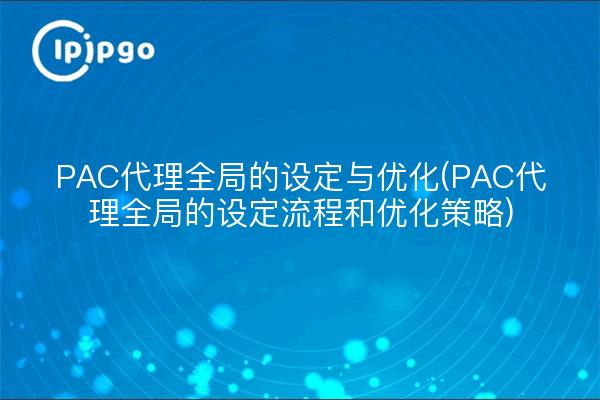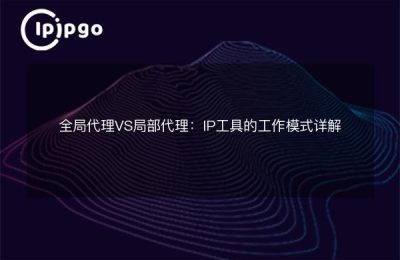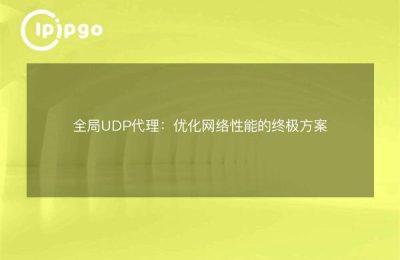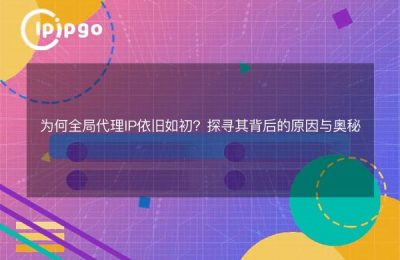
Setting up the process
Before proceeding to the global setting of PAC proxy, you first need to understand the concept of PAC proxy.PAC (Proxy Auto-Configuration) proxy is a technology of automatic proxy configuration, which dynamically selects the appropriate proxy server through JavaScript scripts. In practice, PAC proxies are widely used to improve network access speed and security.
The global process of setting up a PAC proxy generally consists of the following steps: determining the PAC address, configuring the browser, and testing whether the proxy is in effect.
First, the PAC address needs to be determined. The PAC file, usually provided by the network administrator, contains a set of rules for specifying which traffic needs to go through the proxy server. Users can access the PAC address to get the latest proxy rules.
Second, the way to configure the PAC proxy varies slightly depending on the operating system and browser. Generally speaking, you can find the proxy server setting option in your browser's network settings, and then just fill in the PAC address.
Finally, you can test whether the proxy is in effect by visiting a specific website or using a network diagnostic tool. If the proxy settings are in effect, users accessing websites matched by the PAC proxy rule will do so through the specified proxy server.
optimization strategy
To optimize the global settings of PAC proxies, you can start from the following aspects: updating PAC addresses regularly, refining proxy rules, and choosing high-performance proxy servers.
First, updating the PAC address regularly ensures the timeliness and accuracy of the proxy rules. Network administrators may update the PAC rules according to changes in the network environment, so users need to access the latest PAC address frequently to ensure that the proxy rules can take effect in a timely manner.
Second, refining agent rules can improve the matching efficiency of PAC agents. Some complex or outdated rules may lead to confusion in proxy selection and affect network access speed. Therefore, users can review the PAC file regularly to remove unnecessary rules or perform rule optimization to improve the matching efficiency of proxy rules.
Finally, choosing a high-performance proxy server is also the key to optimizing PAC proxies. Users can choose the right proxy server according to their network environment and access needs, such as in terms of speed, stability and security.
Through the above setting process and optimization strategy, the PAC agent global setting can be made more, reasonable, so as to improve the speed and security of network access.








